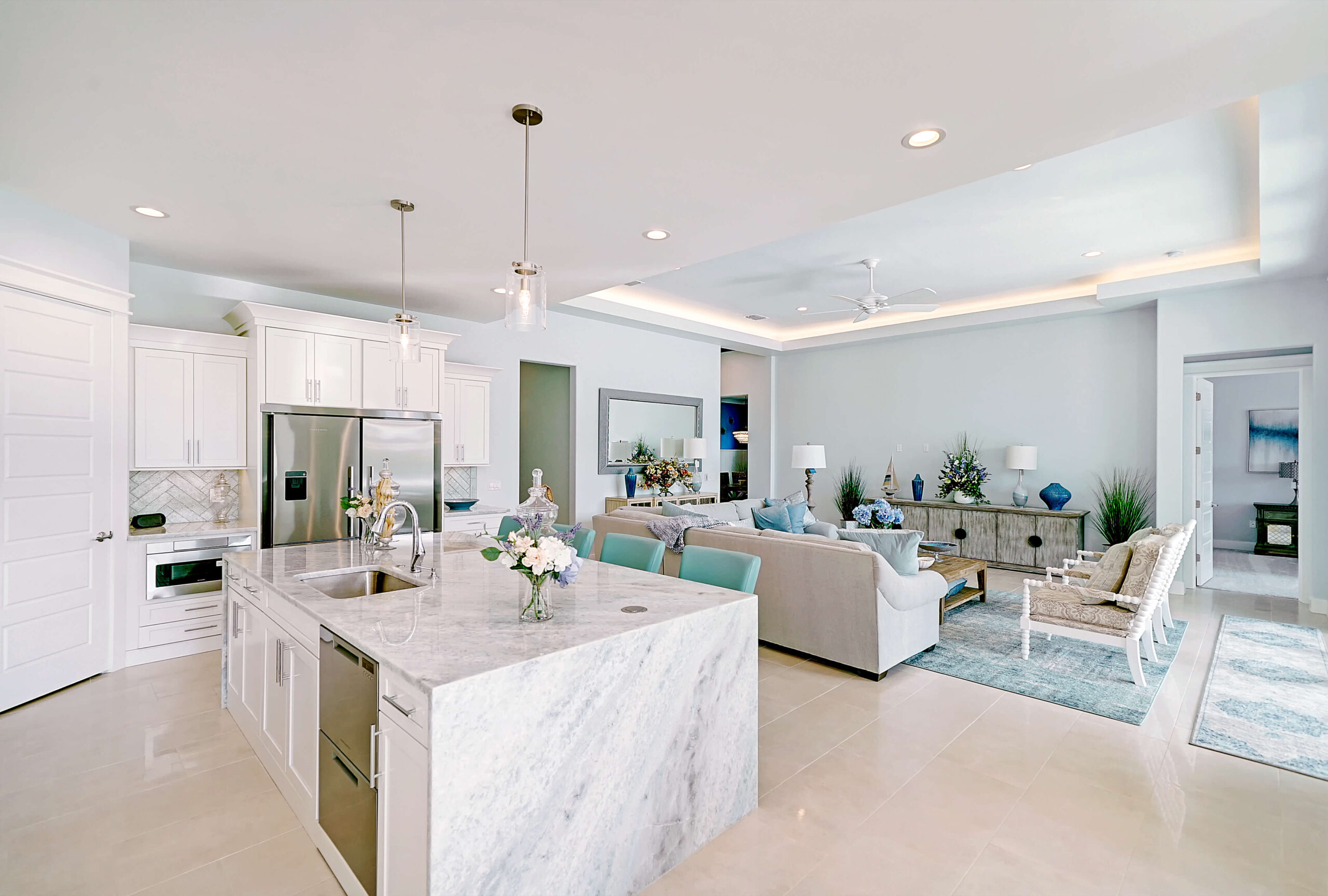Homeowners looking to increase their outdoor living space might elect to install a deck. It can be elevated to offer a seamless transition from the interior to the exterior, or, dropped down. Depending on your home, you’ll have different options and this is where you’ll decide between a installing composite material or wood. The great thing about composite is its longevity, but its cost means that you’ll have to be quite careful with the planning and installation.
Having a deck means having a dedicated space to enjoy and entertain, and, because these are often elevated, and provide visual aesthetics. It makes a great space for outdoor living, particularly for cooking-out on the grill and enjoying refreshing, cool drinks. Some homeowners also add coverings, which can be made of different materials, while others opt to enclose their decks with screen. No matter the look you’re going for, you can add a substantial amount of living space onto your home.
The good news about decks is these is the return on investment. Decks are worthwhile when it comes to ROI because buyers are eager to use them, and, it’s reflected in the numbers. On average, decks retain up to 68 percent to 80.5 percent of investment value. Those are certainly impressive numbers, and, you’ll enjoy the versatility these provide. Even better news is the time it takes to install a deck, which is significantly less than other outdoor living projects.
Wood Decks vs Composite Decks
People choose composite decks because of their longevity, durability, and clean look. However, when cost is a big factor, wood is typically the choice because it is less expensive. An investment in a composite deck is a good one, particularly when you install it the right way. It’s quite important to note that composite decks should have small gaps between the boards to allow run-off as standing water will eventually seep into the material. If the boards are not gapped, they can develop mold, mildew, swell, and can fail.
Thermal expansion is always something to be aware of when dealing with plastics. Most climates temperatures fluctuate enough to cause an issue with how the decking is spaced from summer to winter. Composite decking is less stable than wood so it tends to grow and shrink across the length of the boards as it heats and cools. Proper spacing will allow some movement without buckling. —Decks.com
One of the biggest benefits to composite is that some manufacturers offer hidden fasteners, which provide a more elegant look, eliminating screw heads that are commonly seen in wood. There are manufacturers that also produce hollow deck boards, but these have open ends, which can be attractive to pests, and collect leaves, dirt, and other debris. To make these secure spaces, end caps are sold, but this increases the installation cost.
Replacing a Wood Deck with Composite
Just like wood, composite must be properly staged and installed to reduce labor and cost. Always be sure to check measurements at least twice to reduce wasted material. When you are ready to replace your wood deck with composite, you can reuse the framing and just replace the boards. If the framing is in good condition and you want to install composite, follow these steps:
- Remove the wood boards. In general, wood boards are fastened to the frame with screws through the boards, usually sixteen inches on-center. Use a drill-driver to unfasten the screws and pull the boards off one-by-one. You can then recycle the old wood boards or repurpose them.
- Clean and re-treat the frame. With the frame fully exposed, give it a good brushing with a broom to get rid of any cobwebs and dirt. Spray it down with a garden hose if necessary and let it dry. Then, treat the frame with water repellent and let dry for as long as directed by the manufacturer if needed.
- Measure and make the first cuts. Using a tape measure, find the width or length of the frame and add an extra 2″ inches. Then, cut the composite with a circular saw. Be sure to follow the old rule of thumb, “measure twice and cut once.”
- Install the first composite board. With the first board cut to 2″ inches longer than the framing, slide it under the flashing attached to your home. You can use a putty knife to lift the flashing in order to shimmy the board under it.
- Fasten the first composite board to the frame. With the first board in place, under the flashing, you can now install the hidden fasteners as recommended by the manufacturer. If the material doesn’t come with hidden fasteners, you’ll simply drive screws through the composite into the frame.
- Install the remaining boards individually. Depending on the manufacturer, the composite will have different fastening systems. Some hook boards together while others are fastened to the frame in another way. Follow the manufacturer’s installation guidelines and be sure to leave small gaps so water doesn’t pool on the composite.



